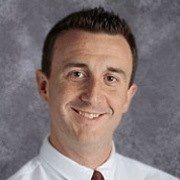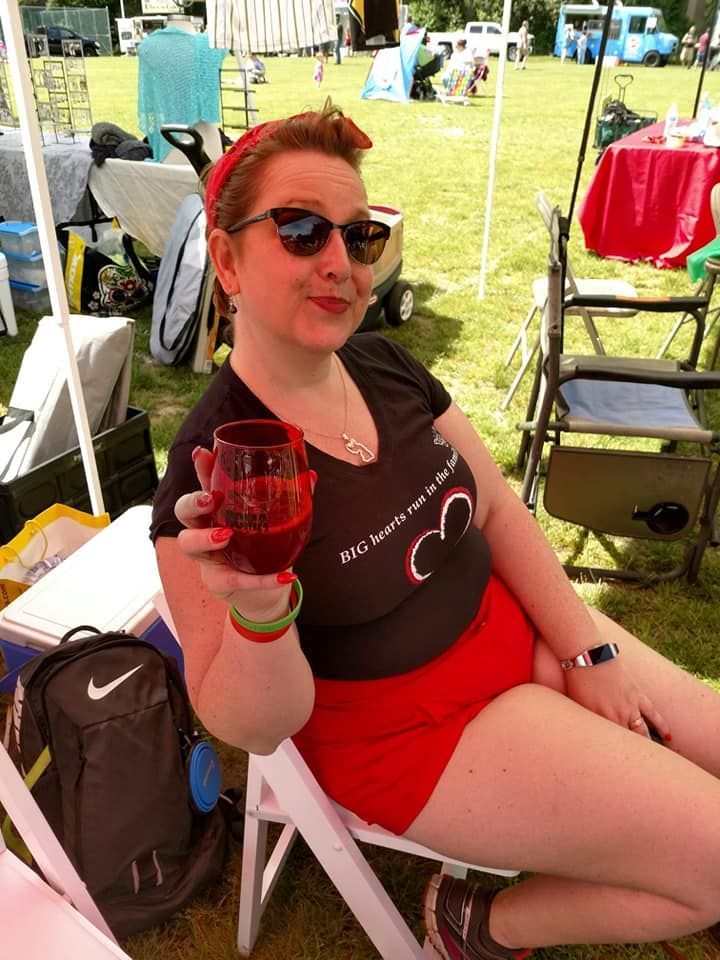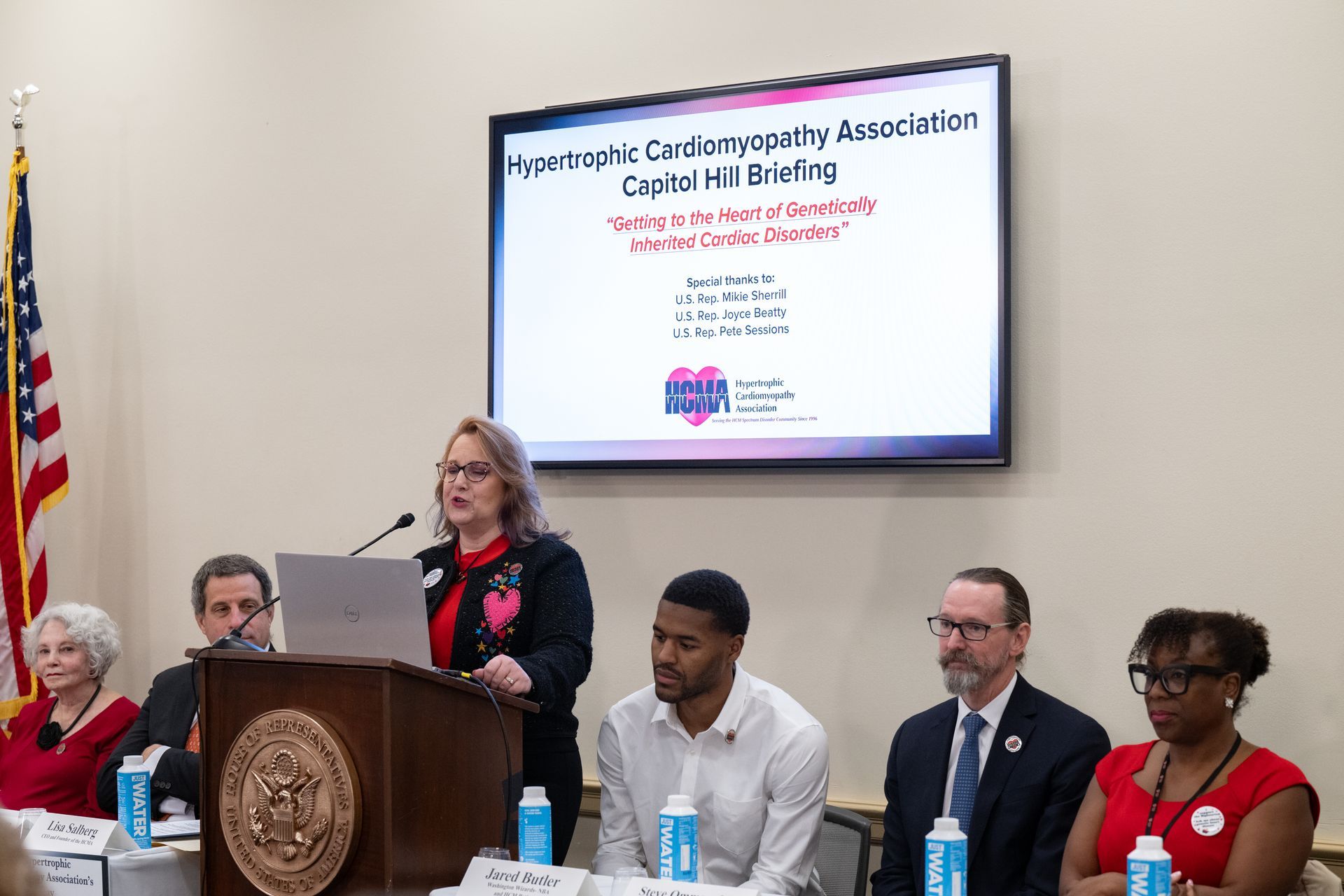
This is a challenge to save lives.
What is the Sudden Cardiac Arrest?
Sudden cardiac arrest (SCA) is the abrupt loss of heart function, breathing, and consciousness. SCA usually results from a problem with the heart's electrical system, which disrupts the heart's pumping action and stops blood flow to your body or could be caused by an impact to the chest.
While it is clear that Sudden Cardiac Arrest (SCA) can occur at any time and without any warning, Typically, schools, teams, workplaces, community programs, or houses of worship do little to prepare to respond to a cardiac emergency. So taking the methods used by sports teams and bands, they use drills, and they practice them over and over to ensure comfort with the process and gain proficiency the more they practice. If current affairs have taught us anything, we never know when a sudden cardiac arrest will happen; therefore, we must be all prepared to respond in a life-or-death emergency with the same methodology and planning as has proven successful elsewhere.
Here are the Basics of Drill: Dr. Heart
- Plan your response by understanding the variables of your community
- Ensure your community CPR and AED training has been obtained based on the prevailing law
- Practice the drill annually
- Join the 2025 Challenge
Why is this SCA preparedness necessary?
● Early Defibrillation (An electric shock to restart the heart) improves the chance of survival increases by 75%
● Early Access to the patient, including early recognition of the SCA and call for
EMS. Increases survival by 5%
● Early Basic Life Support (Rescue Breathing and External Chest Compressions), Chance
of survival increases by 10%
● Early Advanced Life Support (Drug therapies to maintain condition) improves long-term outcomes
Where can Drill: Dr. Heart be used?
- Workplace
- Sports teams
- Recreational programs
- Schools
- Houses of Worship
- Social groups
- Anywhere hearts gather
Drill Dr. Heart Challenge
The goal of “Dr. Heart” is to ensure that every sports team, student activity, classroom, and workplace in the United States practices the drill and is prepared for sudden cardiac arrest.
Please complete the drill with your group. Then apply below to enter our competition to win one of four AEDS for your school, sports team, house of worship, or community organization.
DRILL the “Dr. Heart” play!
As most athletic programs have practices after normal school hours, the school nurse may NOT be on campus during an emergency. Ensure you know your nurse's hours of operation when preparing your emergency action plan.
While “Dr. Heart” can be used for an athlete, it can also be called “Dr. Heart for Coach” or “Dr. Heart for Spectator,” thus protecting all. Each “Dr. Heart” Drill can be customized to the individual school’s emergency action plan. If you do not have an emergency action plan for a cardiac emergency, you will need to create one within your organization’s structure.
The ultimate goal of “Dr. Heart” is to ensure that every sports team, student activity, classroom, and workplace in the United States practices the drill and is prepared for sudden cardiac arrest.
Now it's time to practice Drill: “Dr.Heart”:
The first person, who witnesses the loss of consciousness calls out that “We are in Drill Dr.Heart”
The lead will be established as per the plan.
- Contact 911.
- Send Someone to get the AED.
- Send 2-3 people to the entrance or to the street to guide EMS to the victim.
- If necessary assign 2-3 people to clear the room and floor of trip hazards or rearrange chairs.
- Move all persons a safe distance from the victim and out of the way of EMS.
- Authorized Individuals perform CPR and use AED.
- Hand over control to EMS and answer any questions about what has been witnessed in as much detail as possible.
Are you ready for the challenge? Read more below by selecting your category.
School
Variables for YOUR “Dr. Heart” drill:
Consider who the victim of the SCA would be and create a scenario based on each potential classification of individual (Student, Teacher, visitor, or another faculty member).
Consider various locations and their proximity to the AED(s) and doors (Classroom, hallway, gym, lunchroom, outdoor space, etc.)
Know your state laws regarding who can be a first responder, who can administer CPR, use an AED, and if there is good samaritan coverage in your jurisdiction.
Know the whereabouts of the closest AED (if none are on-site consider implementing an AED program or communicate with locate EMS to Identify the time required to bring a device to the site and consider this in your response planning).
Know the best access point for EMS (Emergency Medical Services). Know which doors are accessible for entering and create a plan to ensure that someone will be able to open the doors for EMS.
Know how to communicate with 911. Remember to give specific information on your location – the name of the school, street address, town, and door or entrance information.
Know your line of communication. NO POSTING ON SOCIAL MEDIA, TEXTING FRIENDS, or anything until the administration clears you to do so. Respect the privacy of the victim.
Know if the school nurse is on-site and who must be notified and how so the chain of survival can begin EX. Principal, teacher, school nurse, etc.
Now it's time to practice Drill: “Dr.Heart”:
The first student or another person who witnesses the loss of consciousness calls out to the class that “We are in Drill Dr.Heart”
The lead will be established as per the plan.
Contact 911.
Send Someone to get the AED.
Sends students to get adult assistance – school nurse, teacher, coach, etc.
Send 2-3 people to the entrance or to the street to guide EMS to the victim.
If necessary assign 2-3 students to clear the room and floor of trip hazards or rearrange desks.
Move all students at a safe distance from the victim and out of the way of EMS.
Authorized Individuals perform CPR and use AED.
Hand over control to EMS and answer any questions about what has been witnessed in as much detail as possible.
Sports Team
Variables for YOUR “Dr. Heart” drill:
Consider who the victim of the SCA would be and create a scenario based on each potential classification of individual (Player, Coach, Spectator, Etc.)
Consider various locations and their proximity to the AED(s) and doors (Gym, Park, Stadium, Etc.)
Know your state laws regarding who can be a first responder, who can administer CPR, use an AED, and if there is good samaritan coverage in your jurisdiction.
Know the whereabouts of the closest AED (if none are on-site consider implementing an AED program or communicate with locate EMS to Identify the time required to bring a device to the site and consider this in your response planning).
Know the best access point for EMS (Emergency Medical Services) and create a plan to ensure that someone will be able to assist EMS in locating the victim.
Know if you have a school nurse on site or what the chain of command is.
Know how to communicate with 911. Remember to give specific information on your location – the name of the field/ stadium, street address, town, etc.
Know your line of communication. NO POSTING ON SOCIAL MEDIA, TEXTING FRIENDS, or anything until the administration clears you to do so. Respect the privacy of the victim.
Now it's time to practice Drill: “Dr.Heart”:
The first person who witnesses the loss of consciousness calls out “We are in Drill Dr.Heart”
The lead will be established as per the plan.
Contact 911.
Send Someone to get the AED.
Send players to get adult assistance – school nurse, teacher, coach, etc.
Send 2-3 people to the location given to EMS and guide them to the victim.
If necessary assign 2-3 players to clear the area and floor of trip hazards.
Move all players and spectators to a safe distance from the victim and out of the way of EMS.
Authorized Individuals perform CPR and use AED.
Hand over control to EMS and answer any questions about what has been witnessed in as much detail as possible.
Business
Variables for YOUR “Dr. Heart” drill:
Consider who the victim of the SCA would be and create a scenario based on each potential classification of individual (Co-worker, visitor, maintenance, Etc. )
Consider various locations and their proximity to the AED(s) and doors (Office space, hallway, parking lot, Etc.)
Know your state laws regarding who can be a first responder, who can administer CPR, use an AED, and if there is good samaritan coverage in your jurisdiction.
Know the whereabouts of the closest AED (if none are on-site consider implementing an AED program or communicate with locate EMS to Identify the time required to bring a device to the site and consider this in your response planning).
Know the best access point for EMS (Emergency Medical Services) Know which doors are accessible for entering and create a plan to ensure that someone will be able to open the doors for EMS.
Know if you have a school nurse on site or what the chain of command is.
Know how to communicate with 911. Remember to give specific information on your location – the name of the building, what floor you are on, street address, town, and door or entrance information.
Know your line of communication. NO POSTING ON SOCIAL MEDIA, TEXTING CO-WORKERS, or anything until the administration clears you to do so. Respect the privacy of the victim.
Now it's time to practice Drill: “Dr.Heart”:
The first person who witnesses the loss of consciousness calls out “We are in Drill Dr.Heart”
The lead will be established as per the plan.
Contact 911.
Send Someone to get the AED.
Send 2-3 people to the location given to EMS and guide them to the victim.
If necessary assign 2-3 people to clear the area and floor of trip hazards.
Move all co-workers a safe distance from the victim and out of the way of EMS.
Authorized Individuals perform CPR and use AED
Hand over control to EMS and answer any questions about what has been witnessed in as much detail as possible.
Are you ready for the challenge? Head to our challenge page to join in!
Creators of the HCMA's - Drill: Dr.Heart
John Titus
He lost his mother to cardiac arrest when he was 13 years old, now an Educator and Collegiate Coach. Today John brings his family tragedy and his experience coaching student-athletes together to help build a response plan to sudden cardiac arrest.


Lisa Salberg
Founder and CEO of the Hypertrophic Cardiomyopathy Association, HCM/Transplant patient and public health advocate joined with her nephew, John Titus, to create an approach to SCA that prepares responders with training that closely mirrors real-life scenarios.
Questions about getting started?
Drop us a line to find out more!
Partners of the HCMA Drill: Dr. Heart program:


 Translate
Translate